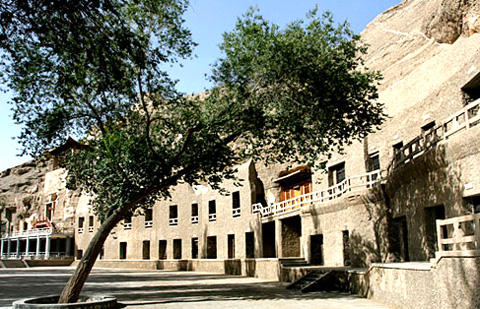
Mogao Grottoes, commonly named Thousand-Buddha Caves, and praised as "a glittering pearl that adorns the Silk Road", are among the great four grottoes in China. It was list as the World Cultural Heritage in 1987.
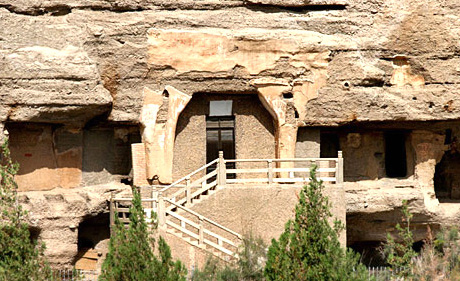
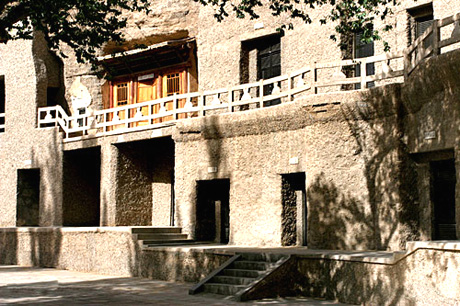
Located 25km southeast of Dunhuang County, these caves are carved out of the sandstone cliffs of Mingsha Mountain, extending some 1600m from south to north. Constructed in 10 dynasties from the 4th to the 14th century, its 45000 square meters of mural paintings and more than 2000 color statues are regarded as the greatest treasure-house of Buddhist art existing in the world.
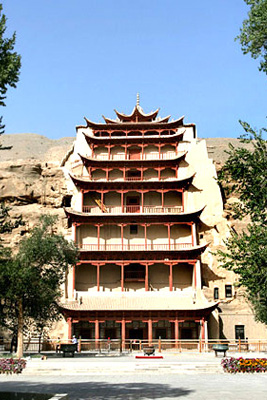
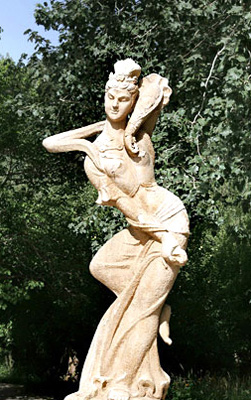
The grotto was first chiseled in 366 AD. According to legend, this area was marshland over 1000 years ago. A monk called Yue Zun dreamed of 1000 golden Buddhas when he was traveling home across this region and he decided to turn his dream into reality.
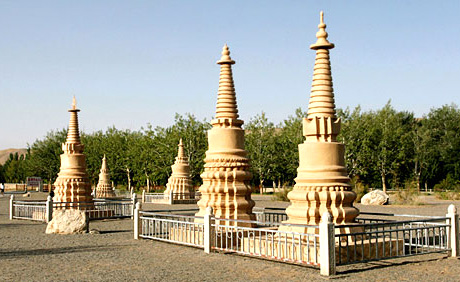
Over the next 1000 years, 16 dynasties rose and fell; artists of each period contributed. The construction work was completed during the Yuan Dynasty and since ever, the grottos have stood there through natural erosion and war flames for hundreds of years. Today, 492 caves are still standing. Altogether there are 2,000 statues and over 45,000 separate murals.